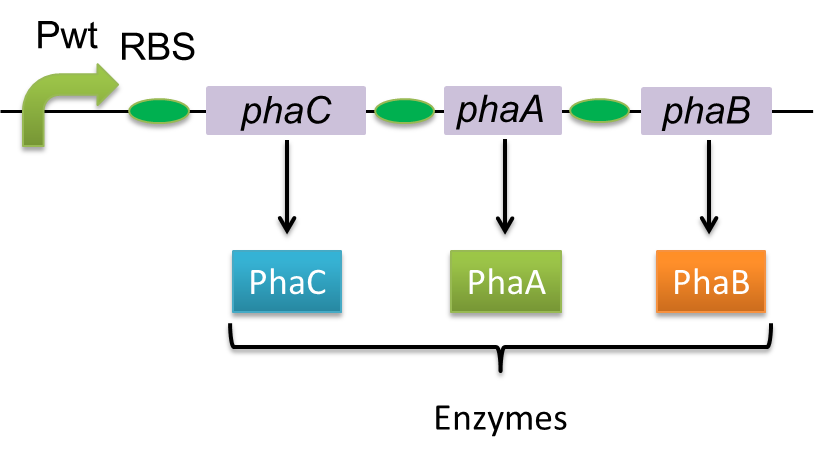Team:Tokyo Tech/Projects/PHAs/index.htm
From 2012.igem.org
Contents |
Achivement
Text
What is PHA?
Polyhydroixyalkanoates(PHAs) are biological polyester synthesized by a wide range of bacteria, and can be produced by fermentation from renewable carbon sources such as sugars and vegetable oils. These polyesters are biodegradable thermoplastics and elastomers, which exhibit interesting material properties. Bacteria produce PHAs for the storage of carbon and energy. When the bacteria can’t get enough nutrients from outside, these PHAs will be degraded and used as energy source. This function is quite similar to the one of lipid in human body. PHAs are also a kind of bio plastics, which can be biodegraded a lot faster than fossil-fuel plastics in the environment. Poly-3-hydroxybutyrate, P(3HB) is the most common type of PHAs. P(3HB) is synthesized by the enzymes coded in the gene of PHA synthesis (phaC1-A-B1) from Ralstonia eutropha H16.
Production of PHAs by E.coli
Text
DNA construction
Text
asssay
Text
(1)Nile Red
Text
(2)Nile Blue
Text
Perspective
Text
 "
"

